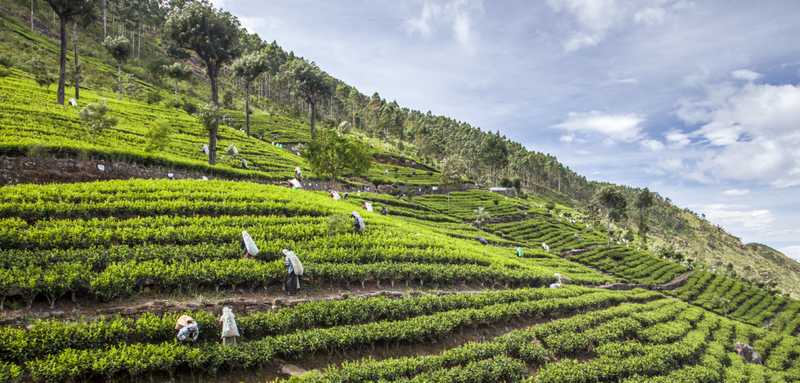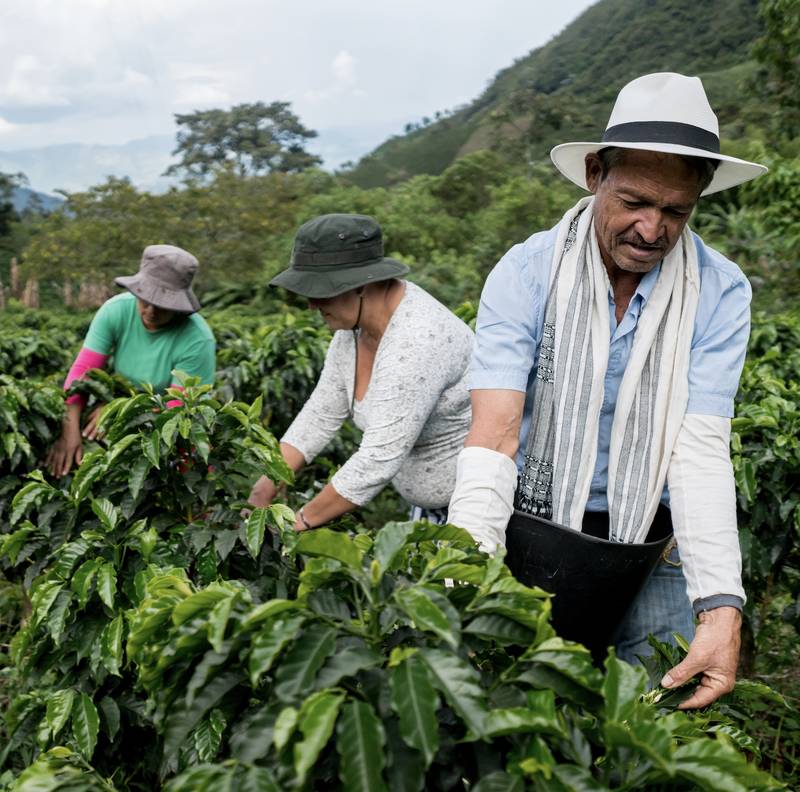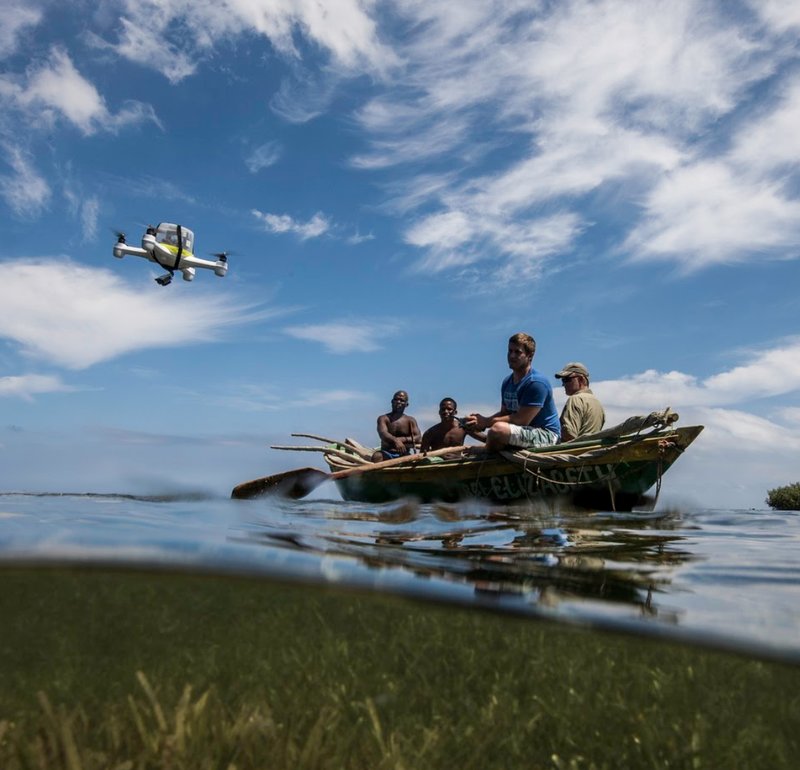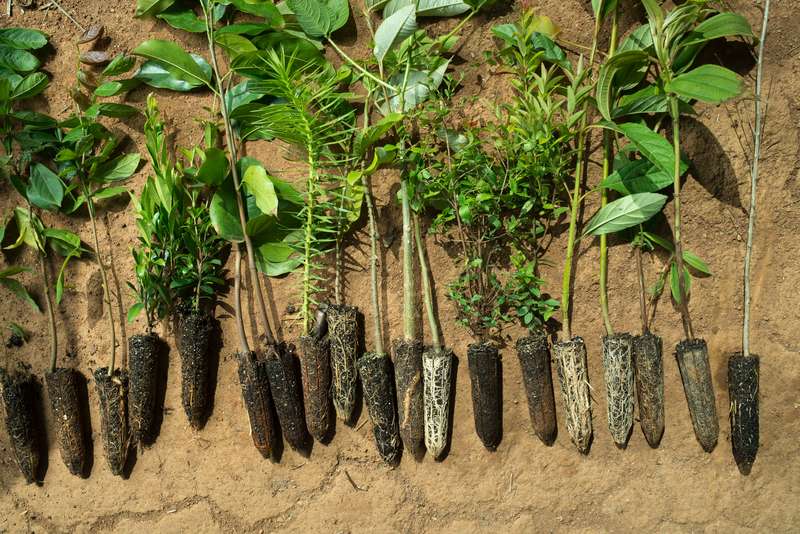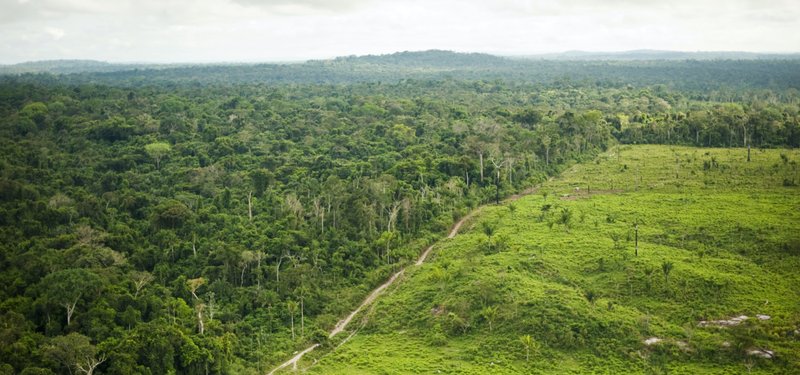
The costs and risks of inaction
At a time when ‘normal’ has gone out the window, is it possible to change ‘business as usual’? Failing to make changes now risks trillions of dollars of damage to our ecosystems and our economies, while also endangering the health of millions of people.
Headline Statistics
- Some of the fastest-growing economies in the world are particularly exposed to nature loss: $2.7 trillion in China, $2.4 trillion in the EU, and $2.1 trillion in the United States are in nature-dependent sectors.
- If we do nothing about the way we produce and consume our food, it will amount to damage estimated to cost $16 trillion each year by 2050.
Ecosystems and economic risk
- The OECD (Organisation for Economic Co-operation and Development) found that between 1997 and 2011, the world lost an estimated $4-20 trillion per year in direct ecosystem services owing to land-cover change and $6-11 trillion per year from land degradation.[1]
- Analysis by the Food and Land Use Coalition (FOLU) determined that the ways we produce and consume food and use our land currently cost $12 trillion per year in damage to our environment, health and development. If we do nothing, this will amount to more than $16 trillion each year by 2050.[2]
- The Global Commission on the Economy and Climate says unchecked climate change might result in global economic losses in the order of trillions of US dollars. Given forests’ vital role in climate regulation, the true economic benefits of reducing deforestation and forest degradation are of a similar magnitude.[3]
- The WEF says that some of the fastest-growing economies in the world are particularly exposed to nature loss. For example, around one-third of the GDP of India (33%) and Indonesia (32%) is generated in sectors that are highly dependent on nature, while the African continent creates 23% of its GDP in such sectors. In terms of global exposure, larger economies have the highest absolute amounts of GDP in nature-dependent sectors: $2.7 trillion in China, $2.4 trillion in the EU, and $2.1 trillion in the United States. The WEF report accounts for construction, agriculture, food and beverages, which rely on either the direct extraction of resources from forests and oceans or the provision of ecosystem services such as healthy soils, clean water, pollination and a stable climate. This means that even regions with relatively lower shares of their economies at high exposure to nature loss hold a substantial share of the global exposure and therefore cannot be complacent.[4]
- Models suggest that if 20-25 per cent of the Amazon forest is lost, this would lead to increased duration of droughts in the region and annual agricultural production losses of $422 million in Brazil alone.[5] Brazil’s contribution to global CO2 emissions is significant. If left unchecked, deforestation alone will add 1 billion tonnes of CO2 to the atmosphere annually by 2030.
References
[1] OECD, Biodiversity: Finance and the Economic and Business Case for Action, report prepared for the G7 Environment Ministers’ Meeting (2019)
[2] Food & Land Use Coalition, Growing Better (2019)
[3] The Global Commission on the Economy and Climate, Unlocking the Inclusive Growth of the 21st Century (2018)
[4] World Economic Forum, 2020, Nature Risk Rising (2020)
[5] World Economic Forum, 2020, Nature Risk Rising (2020)
